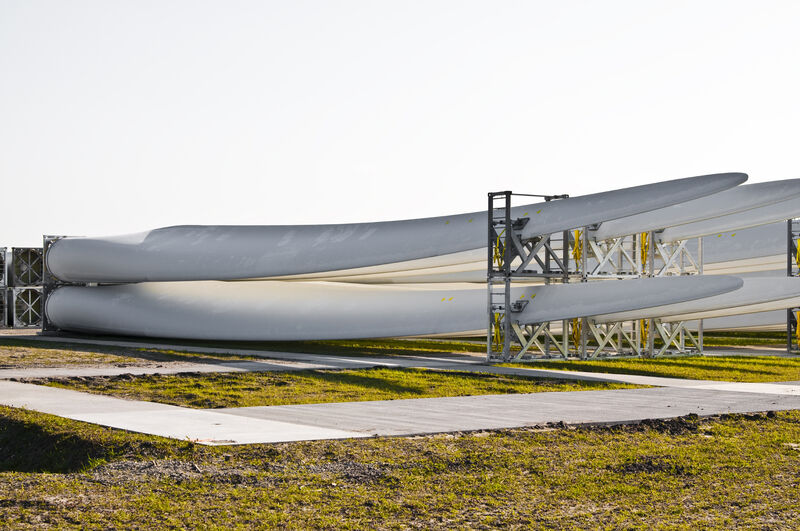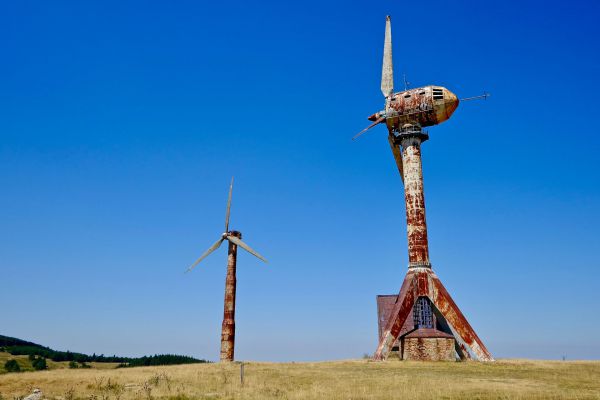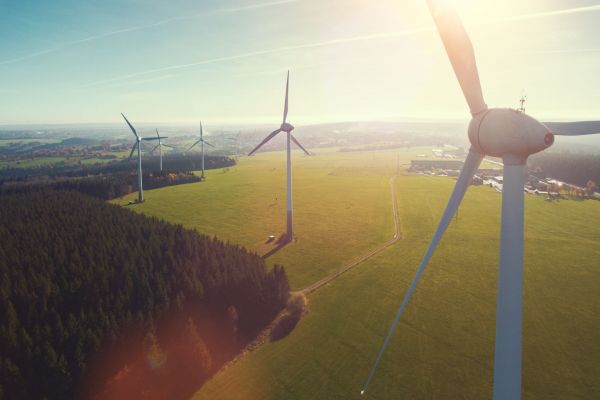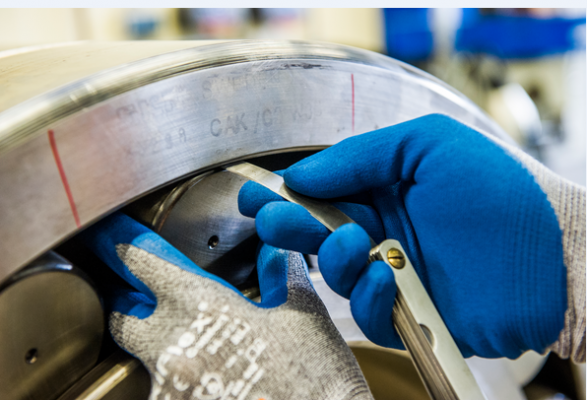If a wind turbine’s moving elements are maintained sufficiently and lubricated according to the manufacturer’s advice, a wind turbine can enjoy a lifespan of around 20 to 25 years. But, as time goes by, more and more machines are reaching the end of their service life and will have to be replaced. If components are still in working order, they are usually reused or sold. The same goes for materials like copper from cables, steel from the towers, or concrete from the foundation. They are recycled and repurposed for tasks in the construction industry, for example. But what about those enormous blades?
Recycling rotor blades
Wind turbine blades can be up to 107 meters long, weigh about 55 tons, and are made of either glass-fiber-reinforced plastic (GFRP) or carbon-fiber-reinforced plastic (CFRP). Both materials’ durability and flexibility, as well as being simple to manufacture, make them ideal for use in shipbuilding, aircraft construction, and the automobile industry. However, dismantling blades made from these materials is a real challenge. Before blades can be removed from site, they have to be cut into small pieces using a diamond-encrusted industrial saw. And it has not yet been possible to reuse composite materials like GFRP and CFRP.
In some countries, the rotor blades simply end up in landfills. Elsewhere, they are shredded, mixed with residual materials from paper production, and used as fuel or sand admixtures for the cement industry – to produce clinker bricks, for example. According to the German Wind Energy Association* (Bundesverband WindEnergie, BWE), up to 450 tons of coal, 200 tons of chalk, and 200 tons of sand can be conserved from 1,000 tons of GFRP.
Door handle, insulant, or decking board?
The Fraunhofer Institute is currently collaborating with the Nuremberg University of Technology to find out how to break down composites back into their individual parts. Their goal is to separate and reprocess as many materials as possible. If they find a suitable method, the process could be used in the wind industry, as well as in the automotive or construction industry to create car door handles or insulating material. Simultaneously, they are researching new ways to manufacture these composite materials in the future, so that their individual parts can be separated more easily. Energy suppliers like Vattenfall are involved in research initiatives on that matter as well.
Meanwhile, other companies are developing ideas to reuse rotor blades. A German company from Saxony-Anhalt, for example, produces weatherproof decking boards from a mixture of sawdust and plastic. Currently, it is testing how shredded wind turbine blades could replace the plastic granulate that is still being used. Initial trials have been successful, and the company is now building a second factory that could – on its own admission – convert all of Germany’s rotor blades into decking boards!
Benefits for different sectors
The demand for rotor blade recycling has not been large enough for elaborate research yet. However, with the end of the operating and subsidy period of many plants, this could change. And what works for wind turbine recycling could also work for GFRP products in other industries, like old boats or aircraft parts. All these components could then be recycled in an environmentally friendly way – further greenifying heavy industry.



